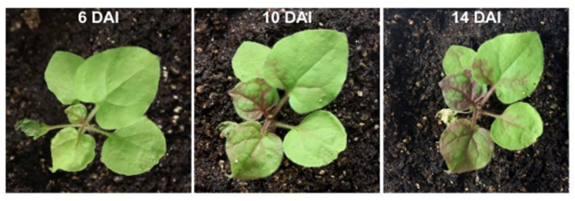Viral Delivery of Recombinases Activates Heritable Genetic Switches in Plants
Themes: Feedstock Production
Keywords: Gene Editing, Genome Engineering, Plant Transformation
Citation
Chamness, J.C., Cody, J.P., Cruz, A.J., Voytas, D.F. Feb. 21, 2025. Data from” Viral Delivery of Recombinases to Activate Heritable Genetic Switches in Plants.” University of Illinois. DOI: 10.13012/B2IDB-3538917_V1.
Overview

Viral vectors provide an increasingly versatile platform for transformation-free reagent delivery to plants. RNA viral vectors can be used to induce gene silencing, overexpress proteins, or introduce gene editing reagents; however, they are often constrained by carrying capacity or restricted tropism in germline cells. Site-specific recombinases that catalyze precise genetic rearrangements are powerful tools for genome engineering that vary in size and, potentially, efficacy in plants. In this work, we show that viral vectors based on tobacco rattle virus (TRV) deliver and stably express four recombinases ranging in size from ∼0.6 to ∼1.5 kb and achieve simultaneous marker removal and reporter activation through targeted excision in transgenic Nicotiana benthamiana lines. TRV vectors with Cre, FLP, CinH, and Integrase13 efficiently mediated recombination in infected somatic tissue and led to heritable modifications at high frequency. An excision-activated Ruby reporter enabled simple and high-resolution tracing of infected cell lineages without the need for molecular genotyping. Together, our experiments broaden the scope of viral recombinase delivery and offer insights into infection dynamics that may be useful in developing future viral vectors.
Data
Illinois Data Bank includes:
- Supplementary vector maps
- DNA sequences
- Progeny genotyping summary